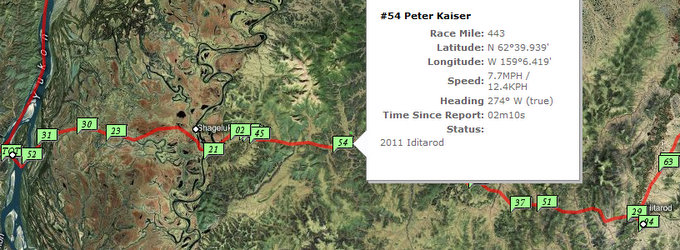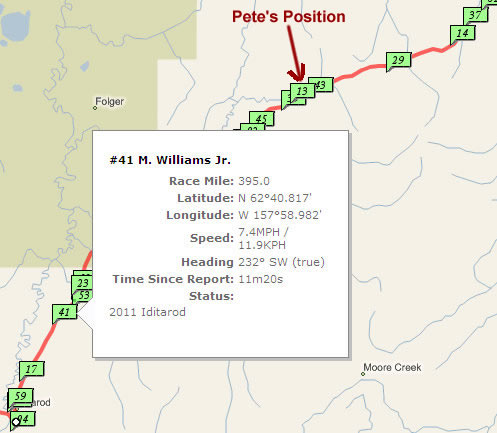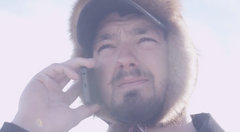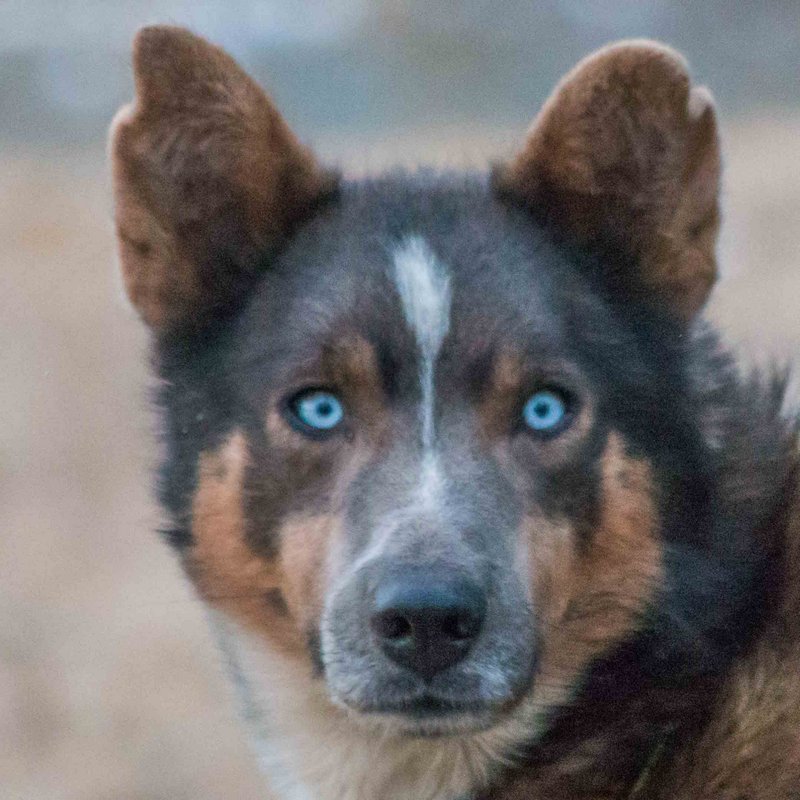Teams are into Anvik this morning. Pete is on the trail to Shageluk. He was out of Iditarod at 01:28 with 13 dogs. That should put him into Shageluk by 10 or so this morning. The front runners didn’t take a break in Shageluk and pushed on to Anvik. We’ll see which strategy Pete uses this morning.
Looking at the trail time into Shageluk, it appears that the teams did a good job over the trail. Average speeds and times are in line with other parts of the trail. Maybe a little slower, but not as bad as I feared early on.


From Iditarod.com–Shageluk (SHAG-a-luck) is a village on the Innoko River. The name Shageluk is an Indian term and means village of the dog people – how cool is that. The area is very scenic with hills and small spruce trees. The Community Center acts as the checkpoint for Iditarod but the teams park by the school. Of the 129 people living in the village, most are Alaska Native Athabascan Indians. Thirty five children attend the K-12 school.
The trail between Iditarod and Shageluk crosses MANY ridges, some steep and some gentle. None of the ridges are really distinctive so to the mushers the trail seems to go on endlessly. There is an old burn area that the teams pass through before crossing two streams, the Little Yentna and Big Yentna. Don Bowers makes a note in his Trail Description that it’s easy to mistake the Little Yetna for the Big Yentna. That’s a bummer to think you’re 20 miles further down the trail than you actually are. Mushers have to take an 8 hour mandatory rest once they reach the Yukon River. Shageluk is the first checkpoint where mushers can take their Yukon River rest. The trail connecting Iditarod and Shageluk was used during the gold rush but not a lot. So when it came time to locate the Iditarod Trail for the race to run the southern route, trail breakers sought the help of Shageluk Elders who had used the trail a half century earlier. Without their experience and knowledge, the historical Iditarod trail could have been lost forever.






















